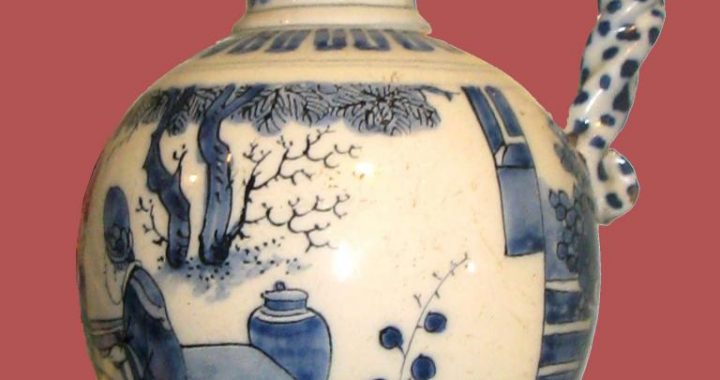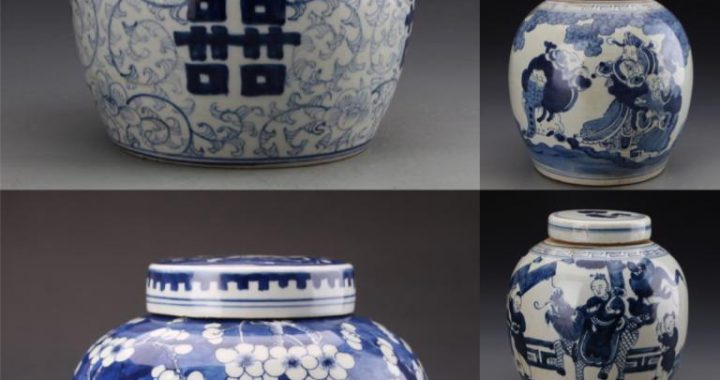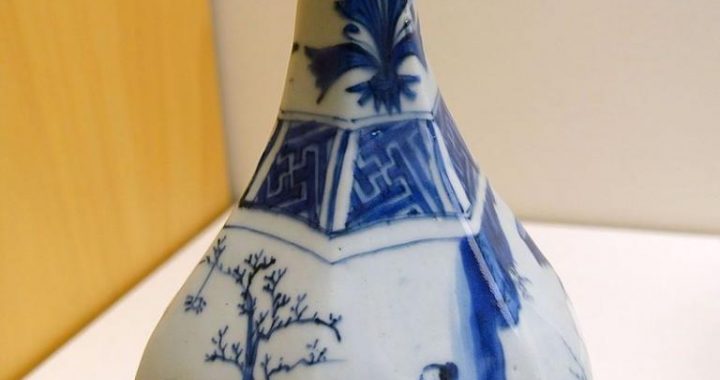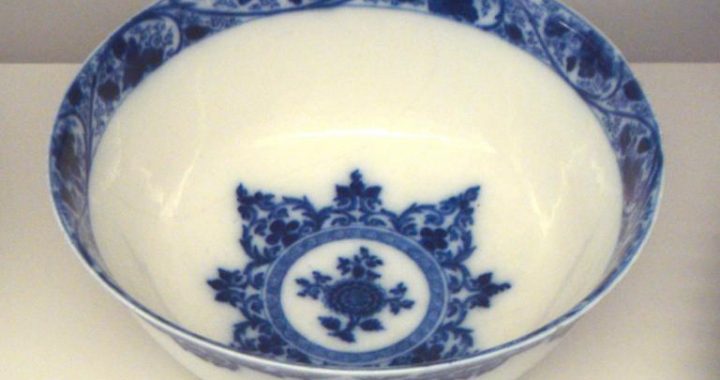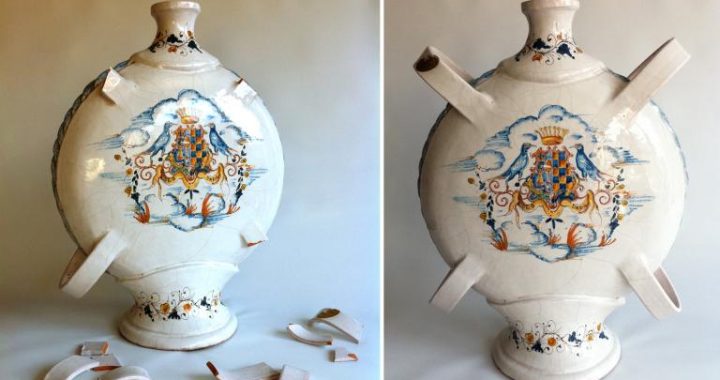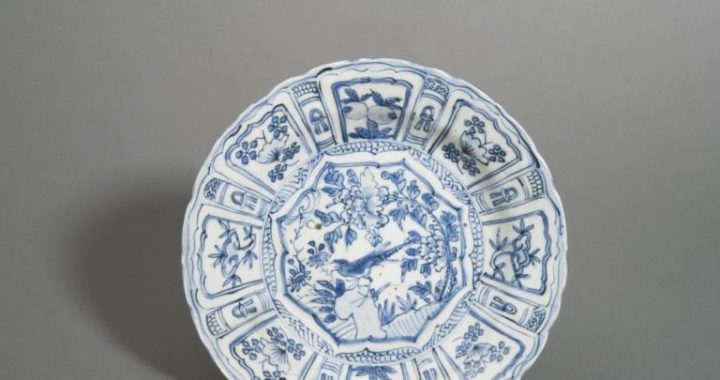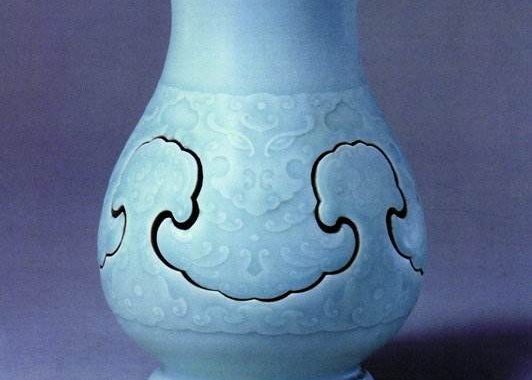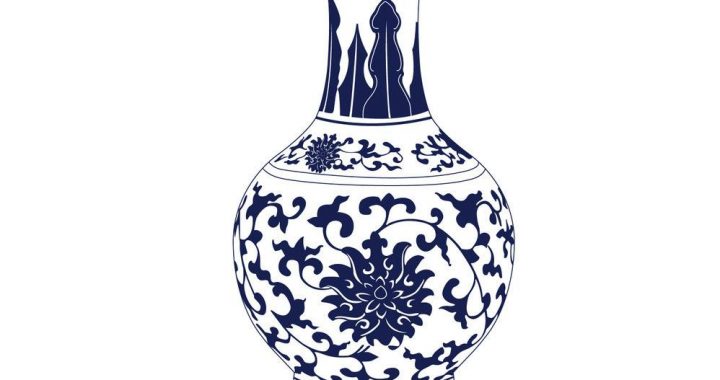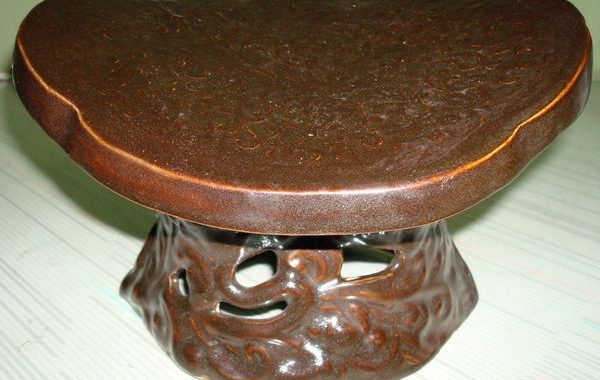Others Kiln in Song Dynasty
4 min readBesides Ding kiln, Jun kiln and Longquan kiln mentioned above, the eight kiln types also comprise Cizhoukiln, Yaozhou kiln, Jian kiln, Yue kiln, and Jingdezhen kiln.
①Cizhou Kiln
Cizhou kiln was one of the main civilian kilns in northern China during the Song dynasty. The white glaze with black pattern wares are its most reputed products, which present traditional Chinese painting art on porcelain works by applying the porcelain surface as paper and theblack glaze as ink. The popular painting motifs also came from the grassroots, embodying diversified styles and strong flavor of rural life. Cizhou kiln boasted large quantities and a rich variety, of which porcelain pillow was its leading product. Interestingly, inscriptions like “Made by Zhang family”and “Made by Li family”can usually be seen on these pillows, suggesting a brand awareness at that time.
These inscriptions vividly remind us of the scene that these wares made by various families were avidly peddled on the bustling market during the Song dynasty. However, probably due to its civilian origin, Cizhou wares were not favored by literati and scholars in the past, and were rarely recorded in ancient literature.
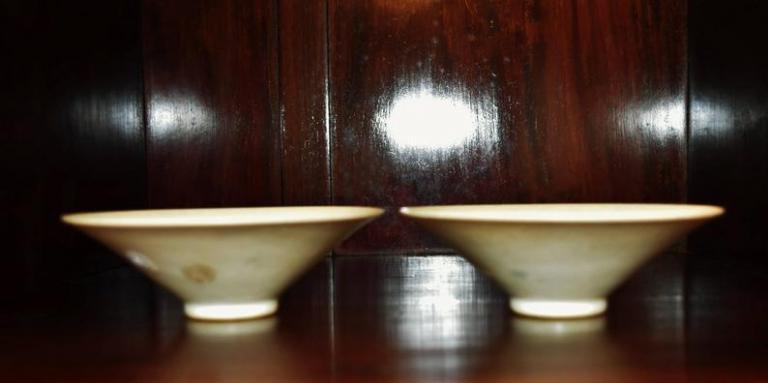
②Yaozhou Kiln
Yaozhou kiln, one of the few kilns in northern China which fired celadon wares, is Located at Tongchuan, Shaanxi. The kiln was named “Yaozhou”because that Tongchuan was part of the administrative region Yao zhou in the Song dynasty. Its ware is very similar to that of Yue kiln wares in colour. Yaozhou kiln was renowned for itscarving technique, and its wares are always exquisitely carved or impressed with decorative patterns. Possibly due to flexible management, potters of Yaozhou kiln had chance to exert their imagination for firing fantastic unique wares. One interesting example is a counter-flow pot collected in Shaanxi History Museum. The pot is so called as its water inlet was set at the bottom, and shall be turned upside down for pouring water in. Due to the ingenious design of a central tube inside the pot, it will not leak when filled with water and put back to the upright position.
③Jian Kiln
During the Song dynasty tea drinking and tea contending were in vogue, so the type of tea set also aroused general concern. Black tea sets in particular, as they could better set off the tea colour, were much favored.
The Jian kiln (better known as “dark-clay kiln'”), was themost noted Song kiln for firing black porcelain wares, and tributed tea sets to the court for the use of royal tea comparison. Similar to white porcelain wares, varied patterns could be employed on its black porcelain surface, as represented by masterpieces of Jian kiln, like oil-spots patterned cup, hare’s-fur-streaks patterned cup, partridge-spots patterned bowl, and temmoku bowls, etc.
These changeful patterns make dull black wares livelier,especially the temmoku bowls, which presents a colorful and mottling effect in the sunlight as beautiful as rainbow in the sky. Unfortunately, real temmoku wares handed down from ancient times are extremely rare.
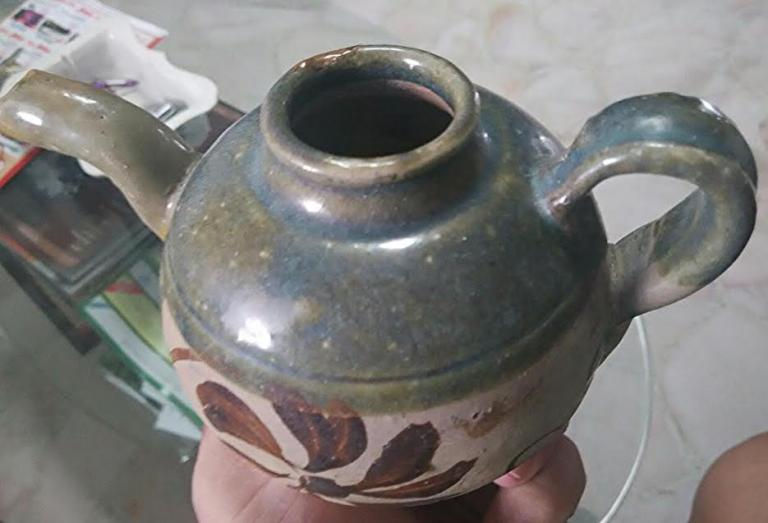
④Yue Kiln
Yue kiln played a dominant role in porcelain firing in southern China during the Tang era. Since the Song dynasty, though its leading position was taken over by some newly-built kilns, its wares had been acknowledged by the Song court, and large number of Yue products were tributed to the court every year. It was until after the Song era that the kiln underwent a real decline.
⑤Jingdezhen Kiln
Jingdezhen,considered as the synonym of porcelain by Chinese people today,began to produce porcelain asearly as the Han dynasty.However,it was not until the Song dynasty that its fame rose considerably.This area provides a highly favorable condition for firing porcelain,as it is rich in kaolin,a special kind of fine and soft porcelain clay.The most famous product of Jingdezhen during the Song dynasty was the translucent bluish whiteware,which blended the colour of white ware in the north and celadon in the south.Due to the perfect integration of white and green,it is also known as shadowy blue ware,and is as fresh and elegant as the legendary Chai wares.
And many people even suggest that Chai kiln didn’t exist at all,and the descriptions of Chai wares in ancient documents are actually referring to bluish white wares.With their respective styles and characters,these eight kilns expanded to form the eight main kiln types of Songwhich spread across the country,and helped to foster the prosperity of porcelain firing during that era.

